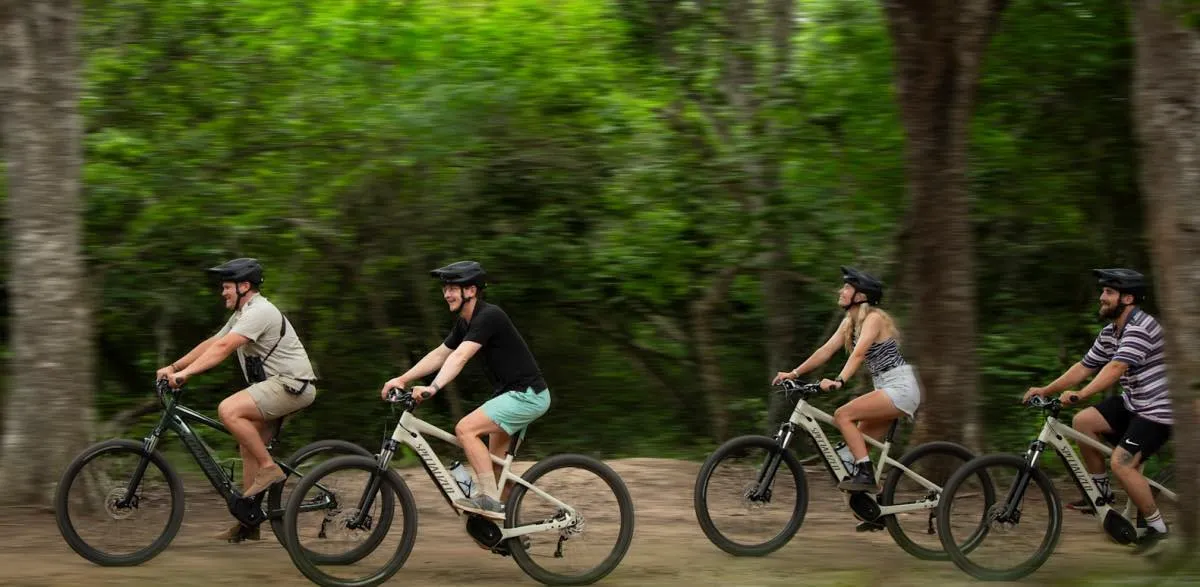
Authorities tighten E-Bike rules with new traffic law
A new traffic law now classifies high-speed E-Bikes in South Africa as motor vehicles, requiring registration and licences.

The growing popularity of electric bicycles in South Africa has prompted lawmakers to tighten regulations, citing public safety concerns.
A recent amendment to the National Road Traffic Act now classifies certain E-Bikes as motor vehicles — a move that brings a wave of new legal requirements for riders and manufacturers alike.
According to TopAuto, the amendment means that E-Bikes must now be both registered and licensed in order to be legally used. In addition, anyone operating an E-Bike must hold a valid driver’s licence. These changes mark a significant shift in how electric pedal-assisted bicycles are treated under South African law.
At the heart of the amendment is the small but powerful electric motor integrated into the frame of an E-Bike. Available in a range of sizes and output levels, the motor assists with pedalling and allows riders to accelerate quickly — sometimes alarmingly so.
Anyone who frequents local pavements, parks, or nature trails will have noticed the rise of E-Bikes. Their popularity is easy to understand: they offer an efficient, eco-friendly alternative to traditional transport. But their ability to reach higher speeds than regular bicycles has raised concerns.
“Their speed and silence poses a danger to other pedestrians, whether the riders would like to admit it or not,” the article notes.
New classification affects E-Bikes capable of exceeding 45km/h
The revised regulation, which took effect on 2 December 2024, specifically targets electric pedal bicycles capable of reaching speeds above 45 km/h. Experts note that while power output and battery size vary from model to model, most electric bicycles under optimal conditions can surpass that threshold.
This development is especially relevant as E-Bikes transition from a recreational novelty to a legitimate mode of transport. Increasingly, South Africans are turning to electric pedal-assisted bikes for their daily commutes.
While not every E-Bike on the market can exceed 45 km/h, nearly all are capable of significantly quicker acceleration compared to conventional bicycles. This characteristic has become a focal point in the regulatory shift.
Call for clarity on how law should be enforced
Despite the legislative update, there’s still uncertainty around enforcement and practical application. Authorities have reportedly written to Minister of Transport Barbara Creecy, seeking guidance on how the new law should be implemented when it comes to E-Bikes in South Africa.
Adding to the confusion is a general lack of public awareness. Many riders remain uninformed about the change in classification, and law enforcement appears similarly unprepared to deal with the new category of fast, silent vehicles on roads and sidewalks.
“The most common transgressions related to cyclists are entering roadways in a manner that is unsafe. And riding on sidewalks in amongst pedestrians,” the article points out.
E-Bikes increasingly used in tourism and urban commuting
The rise of E-Bikes isn’t limited to city streets. Guided electric bicycle tours are now a common feature at wine farms, eco-estates, and game reserves — offering a quiet, low-impact way to explore nature. Their appeal is wide-ranging, but the potential hazards they pose to unsuspecting pedestrians are real.
Authorities now face the challenge of balancing innovation and accessibility with safety and rule enforcement. Whether the recent law change leads to smoother regulation or more confusion remains to be seen.
